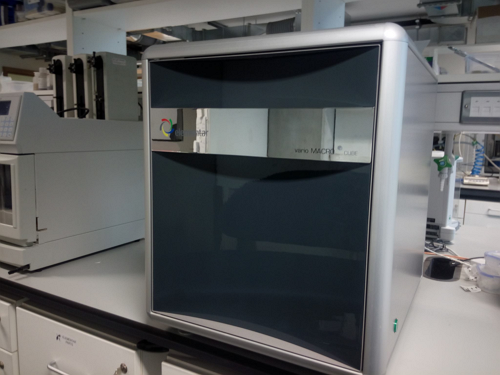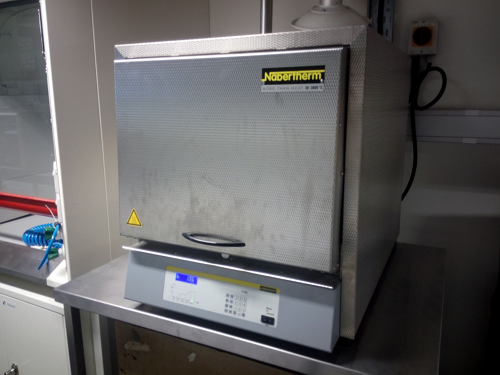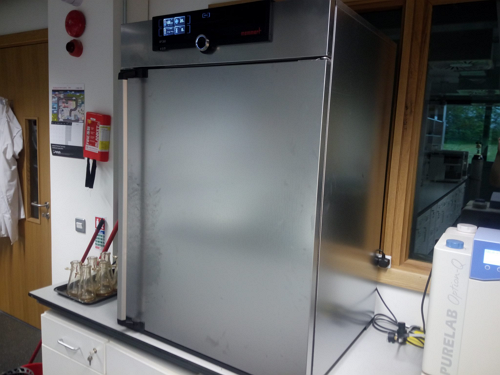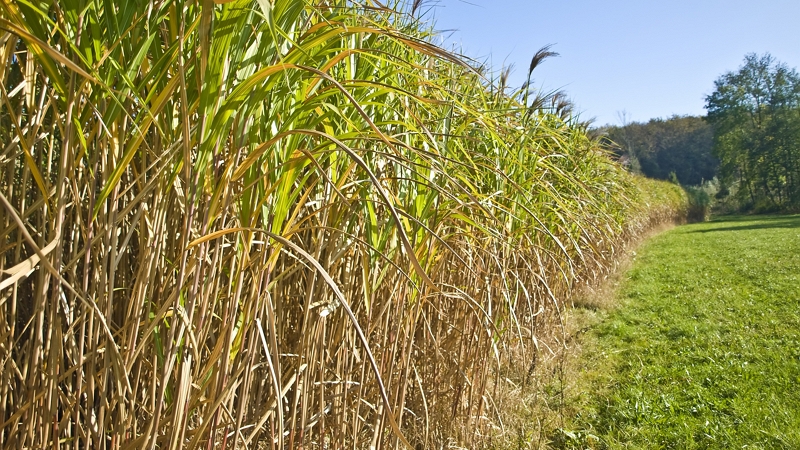Analysis of Gross Calorific Value
We determine the gross calorific value according to the procedures outlined in European Standard EN 14918:2009 ("Solid biofuels. Determination of calorific value") and we use a Parr 6200 bomb calorimeter which has been specifically designed to satisfy the requirements of this method.
The determination of the gross calorific value requires a correction based on the sulphur content of the sample.
We report the gross calorific value on a dry-mass basis as well as on an as-received basis and a dry ash-free basis (providing that the ash content and as-received moisture content of the sample have also been determined).
We calculate the Net Calorific Value (often referred to as the Lower Heating Value, LHV) from the Gross Calorific Value and the elemental (ultimate) analysis of the sample.
Click here to place an order for determining Gross Calorific Value.
Request a QuoteGross Calorific Value Content
Analysis Packages for Gross Calorific Value
Volatile Matter, Fixed Carbon, Moisture, Ash, Carbon, Hydrogen, Nitrogen, Sulphur, Oxygen, Gross Calorific Value, Net Calorific Value, Chlorine, Ash Shrinkage Starting Temperature (Reducing), Ash Deformation Temperature (Reducing), Ash Hemisphere Temperature (Reducing), Ash Flow Temperature (Reducing), Aluminium, Calcium, Iron, Magnesium, Phosphorus, Potassium, Silicon, Sodium, Titanium
Moisture, Ash Content (815C), Carbon, Hydrogen, Nitrogen, Sulphur, Oxygen, Chlorine, Volatile Matter, Fixed Carbon, Aluminium, Calcium, Iron, Magnesium, Phosphorus, Potassium, Silicon, Sodium, Titanium, Gross Calorific Value, Net Calorific Value, Ash Shrinkage Starting Temperature (Reducing), Ash Deformation Temperature (Reducing), Ash Hemisphere Temperature (Reducing), Ash Flow Temperature (Reducing)
Thernogram - Under Nitrogen, Thermogram - Under Air, Moisture, Inherent Moisture, Ash Content (815C), Carbon, Hydrogen, Nitrogen, Sulphur, Oxygen, Organic Carbon, Inorganic Carbon, Chlorine, Volatile Matter, Fixed Carbon, Aluminium, Calcium, Iron, Magnesium, Phosphorus, Potassium, Silicon, Sodium, Titanium, Gross Calorific Value, Net Calorific Value, Ash Shrinkage Starting Temperature (Reducing), Ash Deformation Temperature (Reducing), Ash Hemisphere Temperature (Reducing), Ash Flow Temperature (Reducing)
Thernogram - Under Nitrogen, Thermogram - Under Air, Moisture, Inherent Moisture, Ash Content (815C), Carbon, Hydrogen, Nitrogen, Sulphur, Oxygen, Organic Carbon, Inorganic Carbon, Chlorine, Volatile Matter, Fixed Carbon, Specific Surface Area (Nitrogen Gas Adsorption), Calcium, Iron, Magnesium, Phosphorus, Potassium, Silicon, Sodium, Titanium, Gross Calorific Value, Net Calorific Value, Ash Shrinkage Starting Temperature (Reducing), Ash Deformation Temperature (Reducing), Ash Hemisphere Temperature (Reducing), Ash Flow Temperature (Reducing)
Equipment Used for Gross Calorific Value Analysis

Elemental Analyser
A Vario MACRO cube elemental analyser is used for the quantification of the Carbon, Hydrogen, Nitrogen, and Sulphur content of samples.

Muffle Furnace
A Nabertherm furnace is used for the determination of the ash content of samples and also in the analytical protocol for determining Klason lignin content.

Bomb Calorimeter
We use a Parr 6200 bomb calorimeter to determine the gross and net calorific value (higher and lower heating value) of samples.

Moisture Oven
We use a Memmert UF260 oven to determine moisture content according to standard EN methods of analysis.
The ability of using novel method of near infrared (NIR) spectra to predict the composition and higher heating value (HHV) of dry pig manure was examined. Number of pig manure solid fractions variously pre-treated samples were collected in Denmark, from different pig slurry treatment plants (using mechanical or chemical-mechanical separation) and then analysed for their energy values. These values were determined by conventional method using bomb calorimetry and also calculated based on ultimate analysis. NIR spectra method was successfully applied and reasonable R2 values were obtained for the independent prediction set for nitrogen, ash, and the HHV. NIR also showed ability for predicting which type of treatment plants the samples came from. In addition, new empirical equations, based on ultimate analyses of pig manure solids used for prediction of the HHV was established. | |





